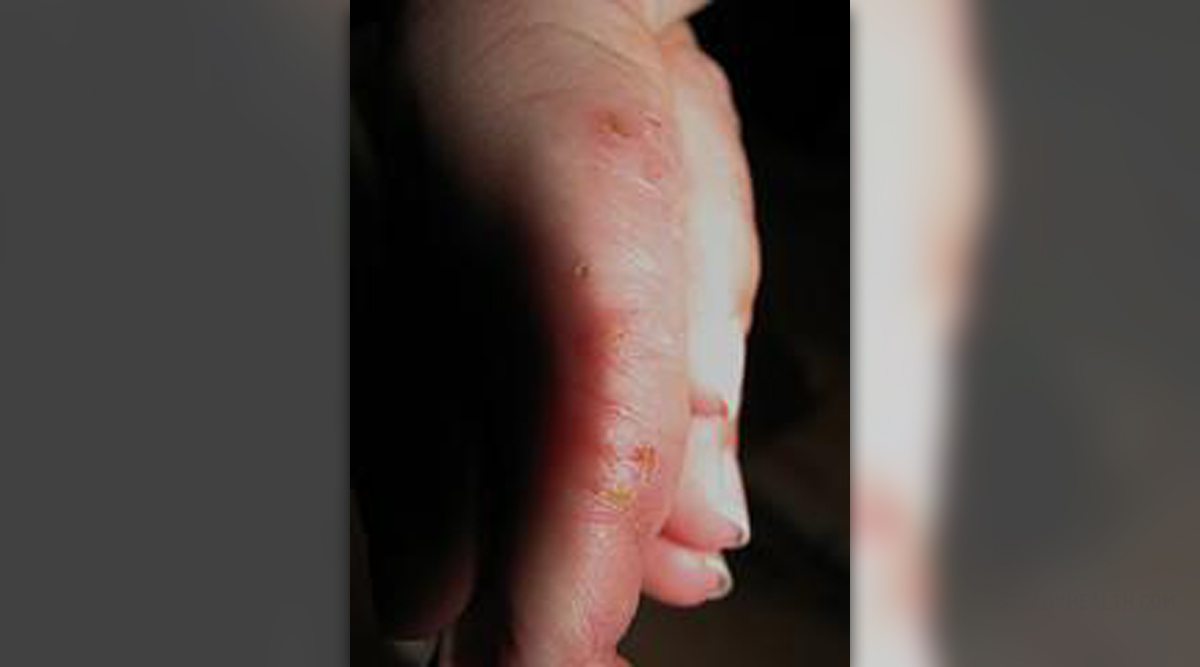
Dyshidrotic eczema is a type of eczema affecting the hands and palms, a condition characterized by tiny little blisters distributed on the red skin. The condition may rarely affect feet.
This is acute and recurrent eczema sometimes associated with different complications, especially if it is left untreated. Experts have not managed to identify the exact cause of dyshydrotic eczema, but the condition seems to become worse with a change in weather. Such patients usually experience aggravation of the condition during winter.
What are Symptoms of Dyshidrotic Eczema?
The affected skin is dry and it eventually becomes covered with plenty of tiny little blisters. These skin changes are itchy and painful at the same time. After rupture of blisters the skin remains covered with cracks. Excessive dryness may eventually lead to skin thickening. The skin is also inflamed and red. In more severe cases patients may even end up with nail infections and certain fingernail problems.
Treatment for Dyshidrotic Eczema
While some treatments can completely cure the condition, others are efficient enough in reducing the intensity of symptoms and postponing recurrence of the disease.
Antihistamines are medications patients suffering from dyshidrotic eczema may benefit from. They reduce itchiness and are also efficient against skin inflammation. Topical steroids are prescribed in more complex cases of dyshidrotic eczema. Secondary bacterial infection is eradicated with antibiotics.
Some individuals may feel much better after trying homeopathy. The most commonly administered homeopathic medications contain urtica urens and calendula. Oral homeopathic medications such as Nat Mur, arsenicum, graphites, sulphur and petroleum may be helpful as well.
Certain number of patients feel much better after they are subjected to PUVA therapy. Such treatment comprises UV treatment administered together with psoralen, a drug that can be applied to the skin or taken in a form of a pill prior to the treatment. Direct sunbathing may have similar effects as PUVA therapy.
There are also many remedies that cannot eliminate the condition but are still able to reduce symptoms and signs of skin inflammation and blistering. For instance, one may fee much better and not experience itching and scaling if the affected skin is soaked in a solution made of potassium permanganate, sea salt of white vinegar. Uncontrollable itching may be brought under control with cold compresses.
Finally, the skin should be provided with sufficient moisture (mild moisturizers) and instead of soaps one can use aloe vera gel. Oatmeal and seal salt are also two replacements for soap.


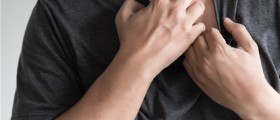
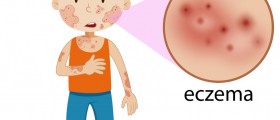
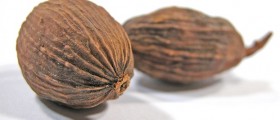
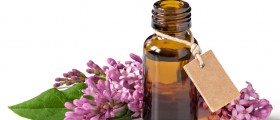


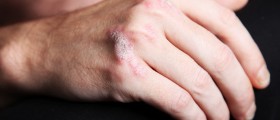
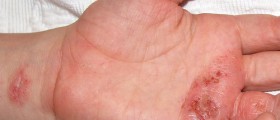
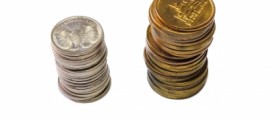
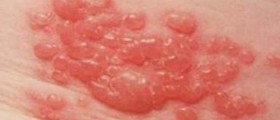


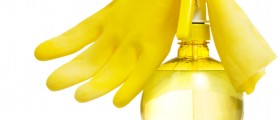
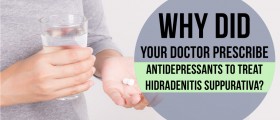
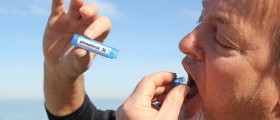
Your thoughts on this
Loading...